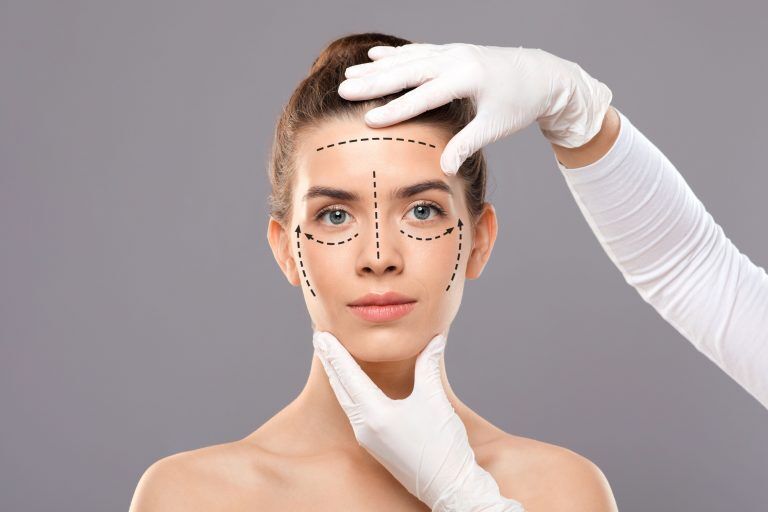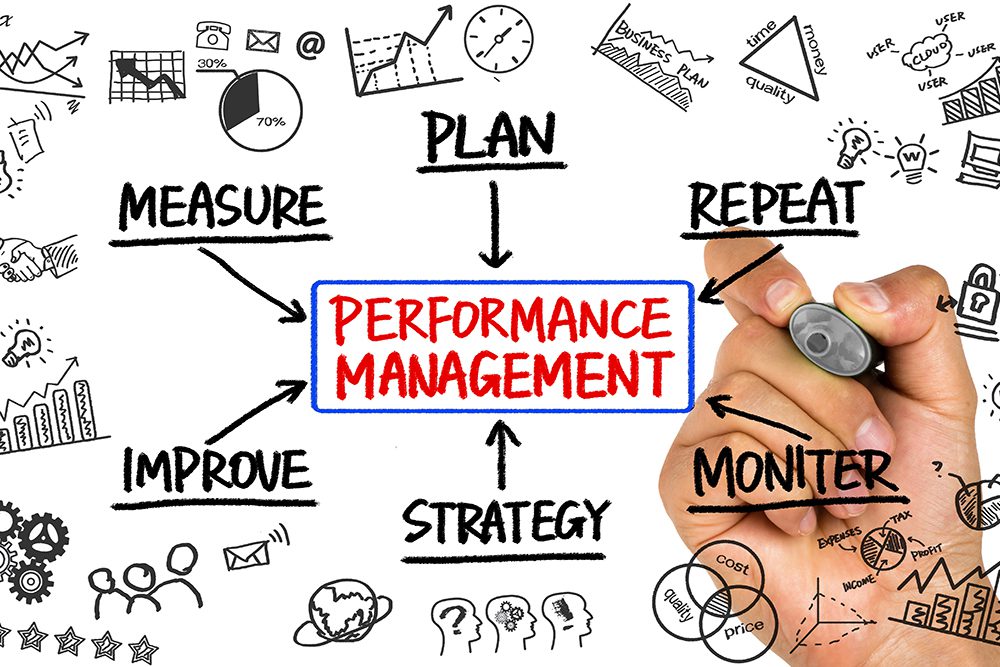The allure of a youthful, radiant face is universal, and in recent years, facelifts have become increasingly popular as an effective way to achieve just that. Dubai, with its world-class medical facilities and skilled plastic surgeons, has emerged as a top destination for those seeking a facelift in Dubai. This article will walk you through everything you need to know about facelifts in Dubai, from the different types available to the procedure, costs, and recovery process.
What is a Facelift?
A facelift, or rhytidectomy, is a cosmetic surgery that aims to rejuvenate the face by tightening loose skin, removing excess fat, and smoothing out wrinkles. This surgery is particularly beneficial for individuals who want a more youthful appearance, as it reduces visible signs of aging such as sagging skin, deep wrinkles, and fine lines. Although it doesn’t stop the aging process, a facelift can help you look younger and feel more confident for years to come.
Why Choose Dubai for Your Facelift?
Dubai is known for its high standards in medical care, including cosmetic and plastic surgery. Here are a few reasons why people consider Dubai a prime location for facelifts:
- Qualified Surgeons: Dubai is home to many internationally trained plastic surgeons with extensive experience in facial procedures.
- State-of-the-Art Facilities: Dubai’s clinics and hospitals are equipped with the latest technology, ensuring a safe and comfortable experience.
- Luxury and Privacy: Dubai offers a high level of privacy, with luxurious recovery options, making it a popular choice for high-profile clients.
Types of Facelift Procedures Available in Dubai
Different types of facelifts cater to specific areas and levels of correction, allowing patients to select a procedure that aligns with their needs and goals.
- Full Facelift: This is a traditional facelift that targets the entire face. It’s ideal for those who want to address significant aging signs, such as deep wrinkles, jowls, and loose skin.
- Mini Facelift: A less invasive option, the mini facelift focuses on the lower part of the face, particularly the jawline and neck. It’s a popular choice for younger patients or those with mild aging signs.
- Mid-Facelift: This procedure focuses on the middle area of the face, specifically around the cheeks and below the eyes. It’s an excellent option for those who want to lift and add volume to the cheeks.
- Neck Lift: Sometimes combined with a facelift, a neck lift targets sagging skin, fat deposits, and muscle banding around the neck, creating a smoother and more defined neck area.
- Non-Surgical Facelift: Dubai also offers non-surgical options, such as dermal fillers, botox, and ultrasound therapies, for those who want to avoid surgery but still achieve a refreshed appearance.
What to Expect During the Facelift Procedure
A facelift typically takes between two to four hours, depending on the type of procedure. It is performed under local anesthesia with sedation or general anesthesia, ensuring comfort throughout the surgery. Here’s a brief overview of what happens during a facelift:
- Preparation: The surgeon marks



